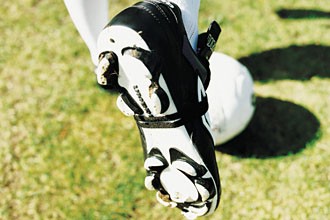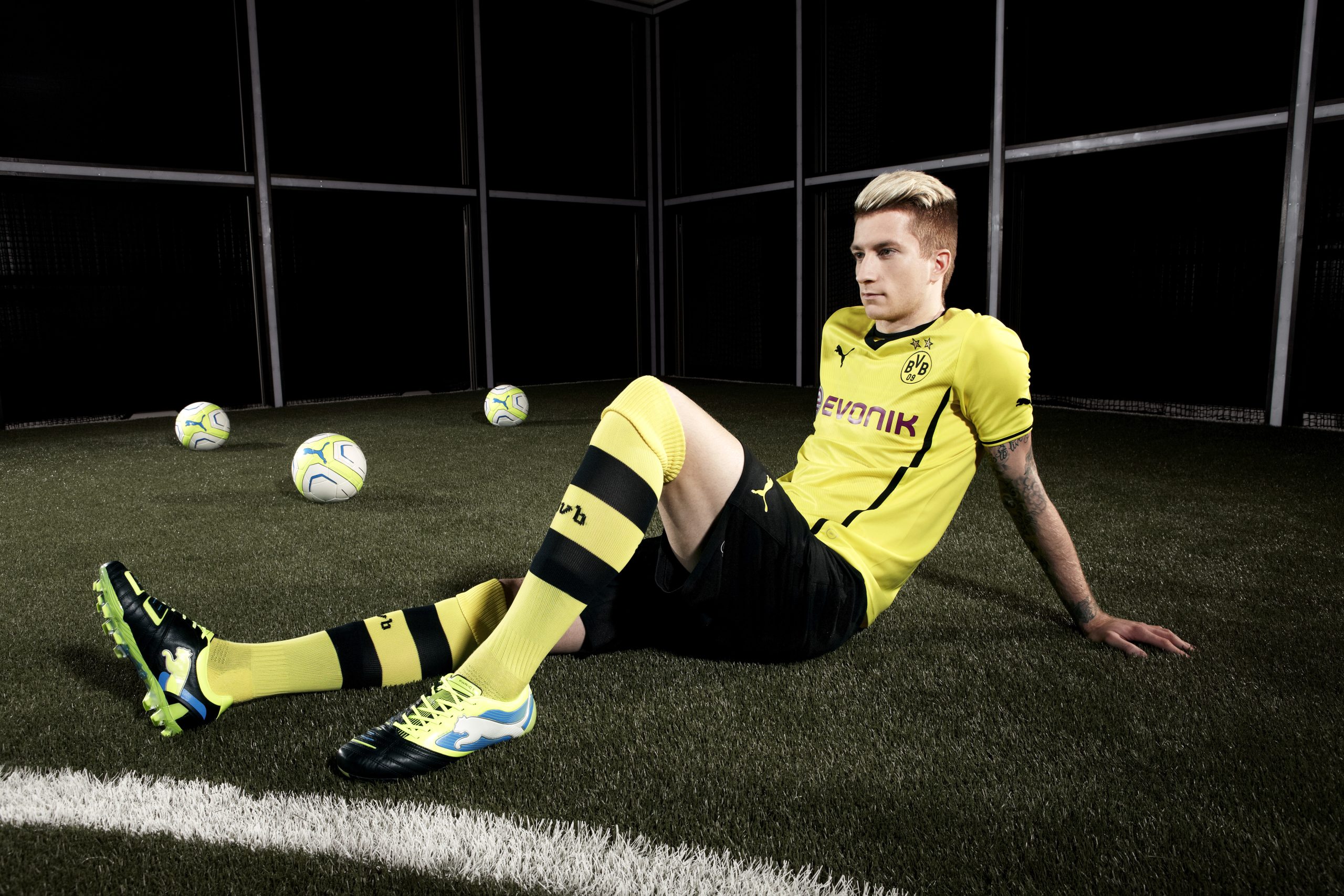With the margins between victory and defeat in the modern game very small, footwear manufacturers are eager to use the latest technology to aid players’ performance. With the traditional metal studs being replaced with plastic studs, blades and hybrid boots even having a mix of the two, there are a plethora of different boots available for the modern day professional, which are all becoming more lightweight and aerodynamic. However, given the number of knee and ankles injuries across all levels of the game and the investment sports clubs make in first aid to counter such injuries, it is only natural to look at players’ boots as a potential cause.
Modern day footwear including football boots from JD Sports is becoming more lightweight to aid with mobility, balance and control of the ball, however the slightly flimsy nature of footwear worn by leading players could well be a reason for injury according to sports injury specialist Professor David Barrett. The medical man explains that players may not be given sufficient support when going into 50-50 challenges.
“Surgeons are seeing a lot more metatarsal injuries in patients, of the kind David Beckham and Wayne Rooney have suffered in the past — and that is because of lightweight boots,” Barrett explains.
“Their introduction came about because professional footballers, particularly strikers, wanted boots as lightweight as possible for foot speed.
“When they kick through, the lighter the foot is, the easier it is to move it. But the players have no protection. Put simply, lightweight boots equals metatarsal fractures.
“Local league players should avoid the lightweight boots because usually they are working men and having to deal with a broken foot is the last thing they need in life.”
The different types of studs available to players are aimed at improving grip, control and the ability to turn and change direction quickly. However, there have been countless examples of players getting their studs stuck in the ground, leading to awkward movements and ligament damage to the knee or ankle.
The owner of football boot manufacturer Nomis has revealed in the past his concerns over the current studs in football boots, and despite contributing to an increased range of movement, they also are one of the sources of serious injury.
“People say that the boots don’t provide enough protection. In fact the opposite is true. The problem is that the boots are so well made there is no give at all in the materials – especially the cheaper synthetics,” Craig Johnson admitted.
“The pitches are now so well maintained and even woven with synthetic materials that the players’ studs engage like they should do but they don’t release enough, causing injury.
“Also, the studs are far too long and give far too much grip.
“Something has to give and in this day and age it is the ligaments and the metatarsals that are giving way – not the boots, the studs or the grass of the new-generation pitches.”
Finally, the most recent example of football boots endangering a high-profile player’s health come in a slightly unorthodox fashion. Manchester United striker Wayne Rooney has found himself on the sidelines for a prolonged period of time after falling victim to a gash on his leg, cause by the football boot of Fulham attacker Hugo Rodallega.
The England international tried to block a shot from the Colombian forward but suffered a laceration on his right inside thigh due to coming into contact with Rodallega’s studs. The cut is believed to have been on the verge of Rooney’s femoral artery, which could have turned a nasty incident into an altogether more serious incident.
PFA chief Gordon Taylor has pledged that further investigation into footwear in the beautiful game is ongoing, but until radical changes are made it appears that serious injuries to top-drawer athletes are a threat accompanied with the search of increased performance.
Add Sportslens to your Google News Feed!


